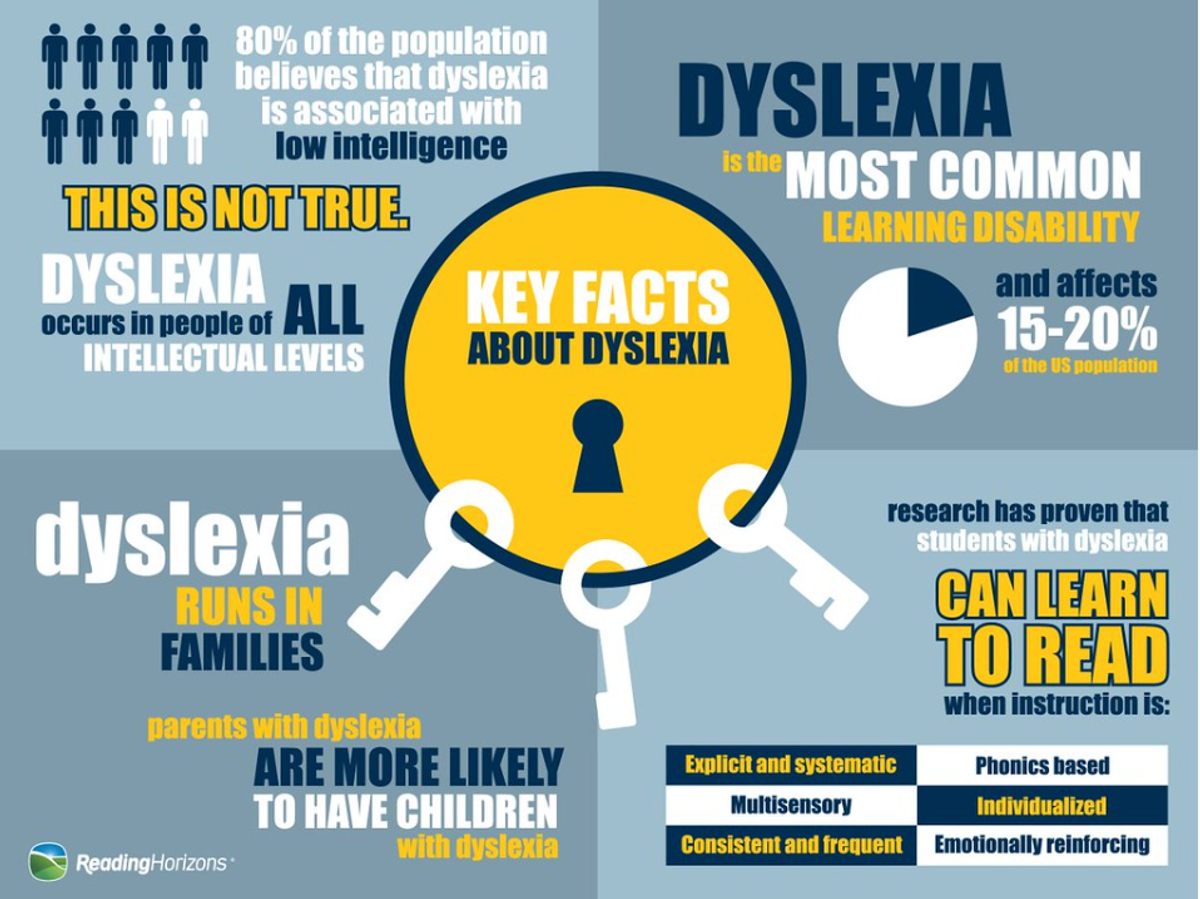Wellbeing
Fiona Dandie & Robert Pain

Wellbeing
Fiona Dandie & Robert Pain
Lunchtime clubs have commenced for Term 4 this week. There are several positive benefits of lunchtime clubs, including helping to build student engagement, social skills, and inclusion for all students. They support students who may struggle with a lack of structure in the school playground or need an outlet from the traditional playtime setting.
Lunchtime clubs can also benefit our students and the whole school community, by:
Below is our Term 4 Lunchtime club schedule. These have already commenced this week. We are fortunate to have a variety of staff members volunteer their time to run a club, as we know the students of WPS love to engage with them.
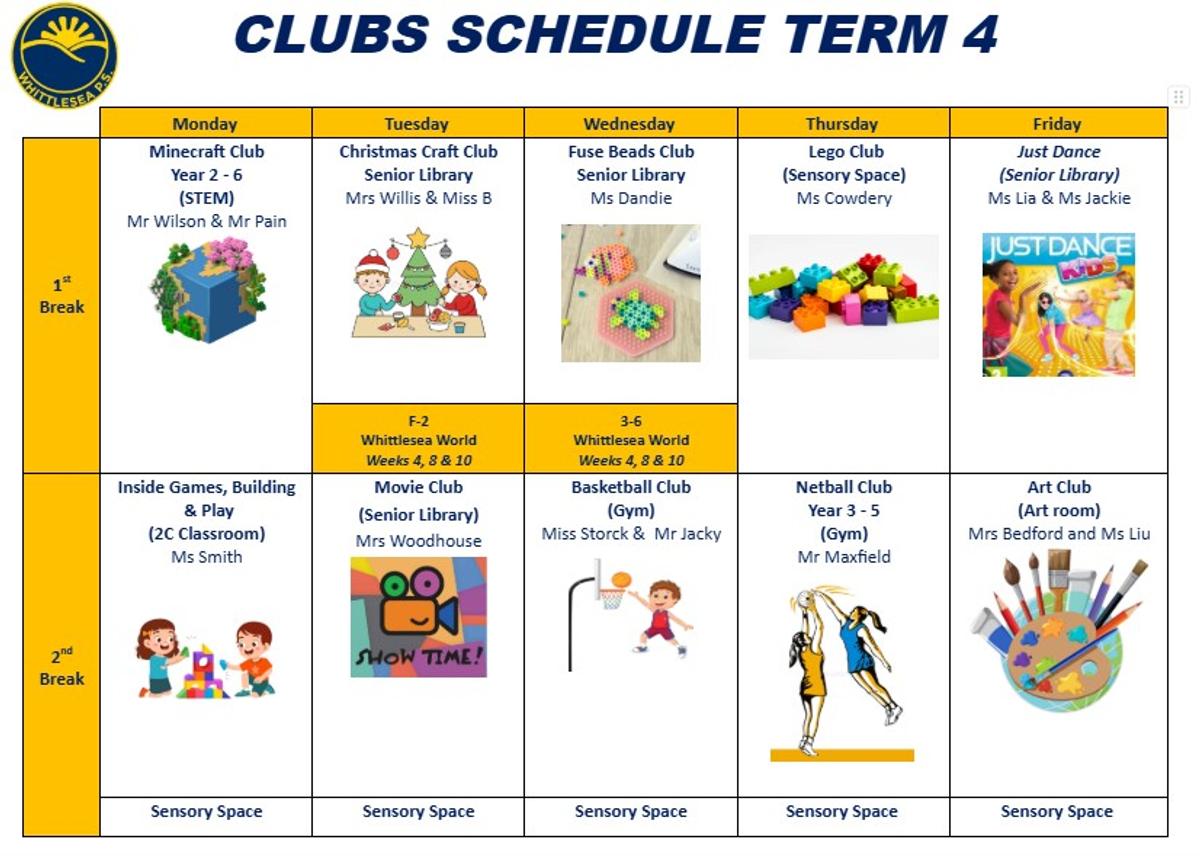

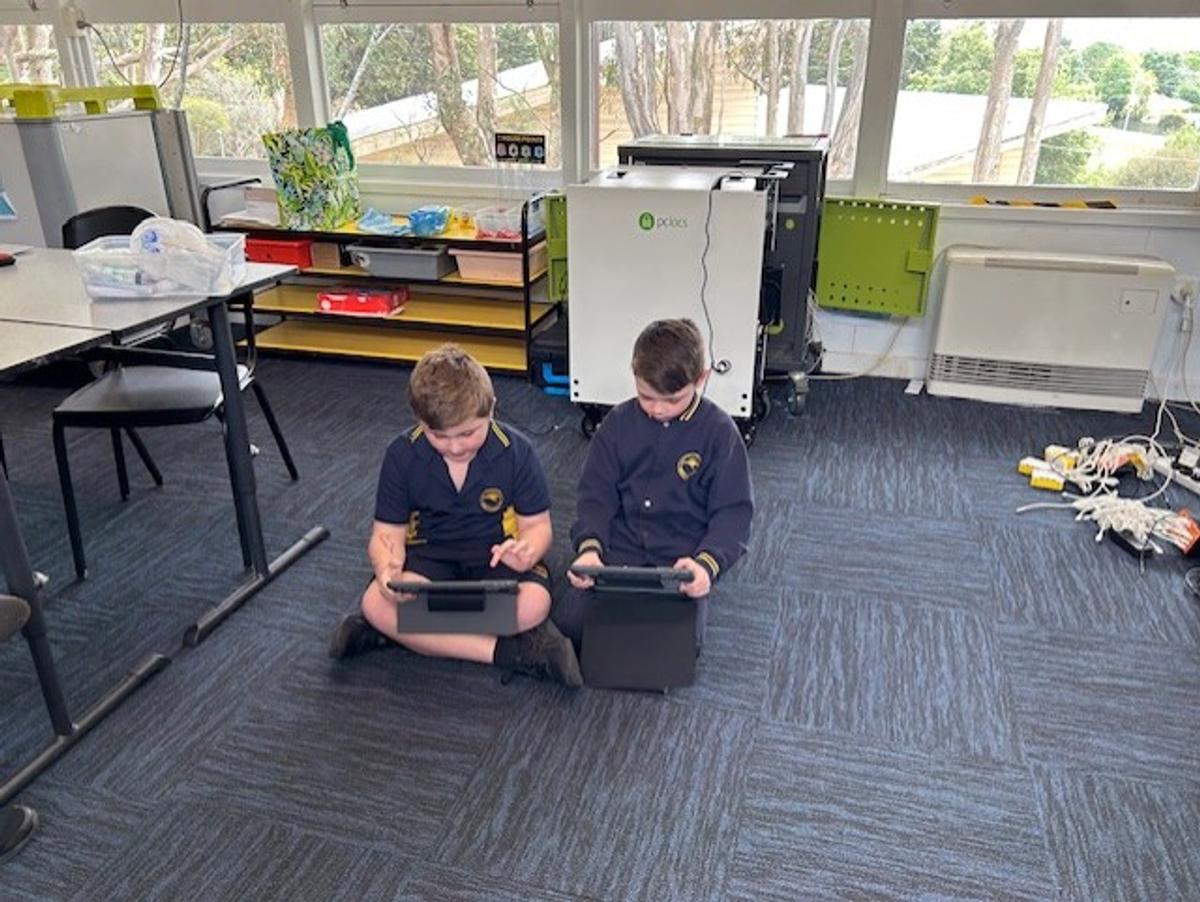
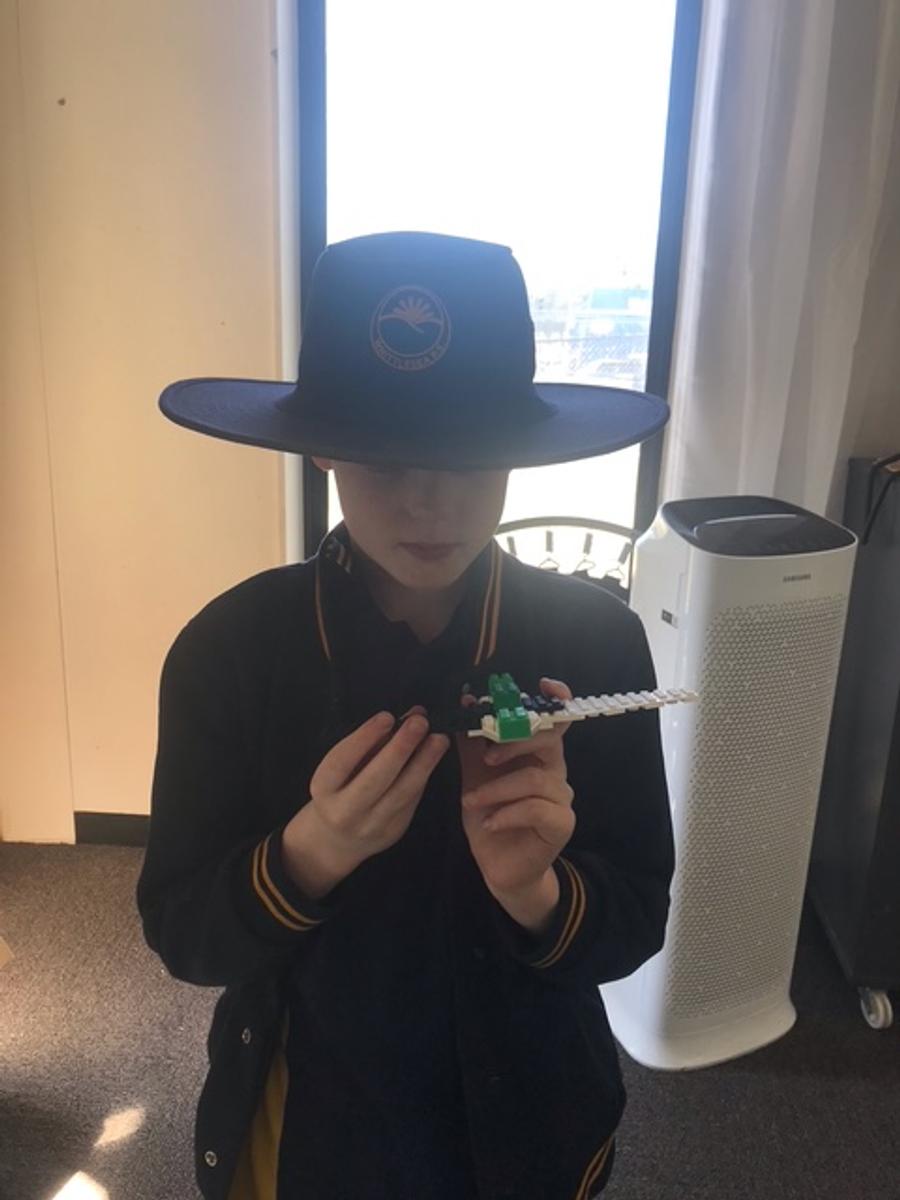
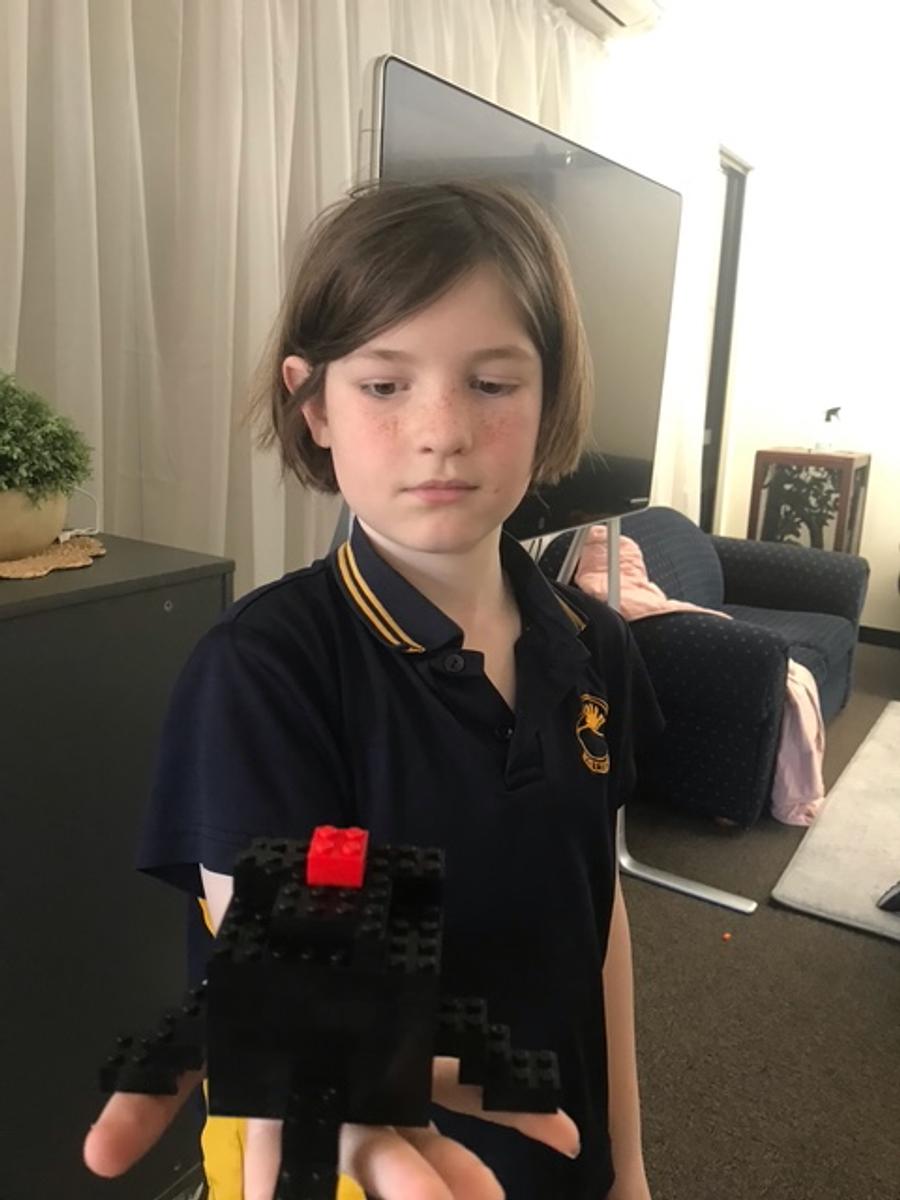
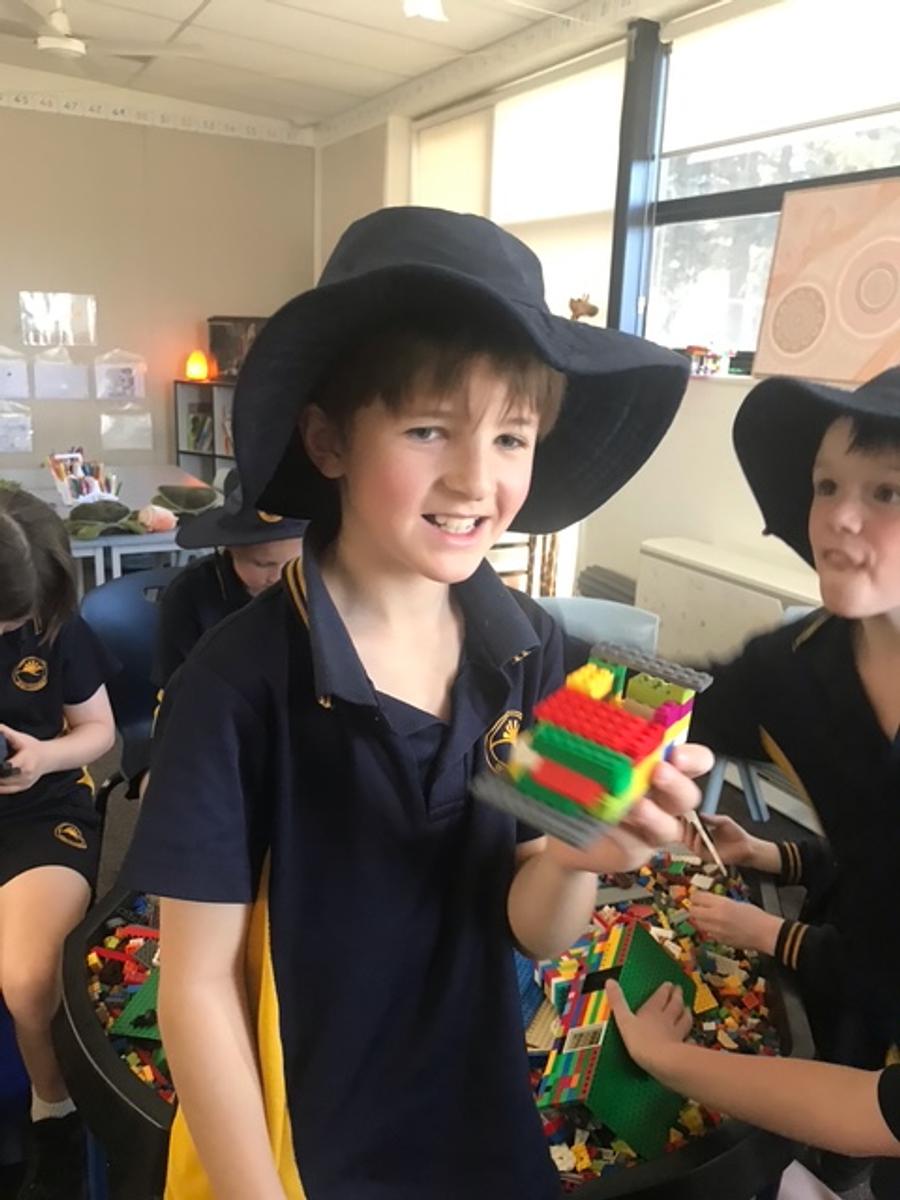


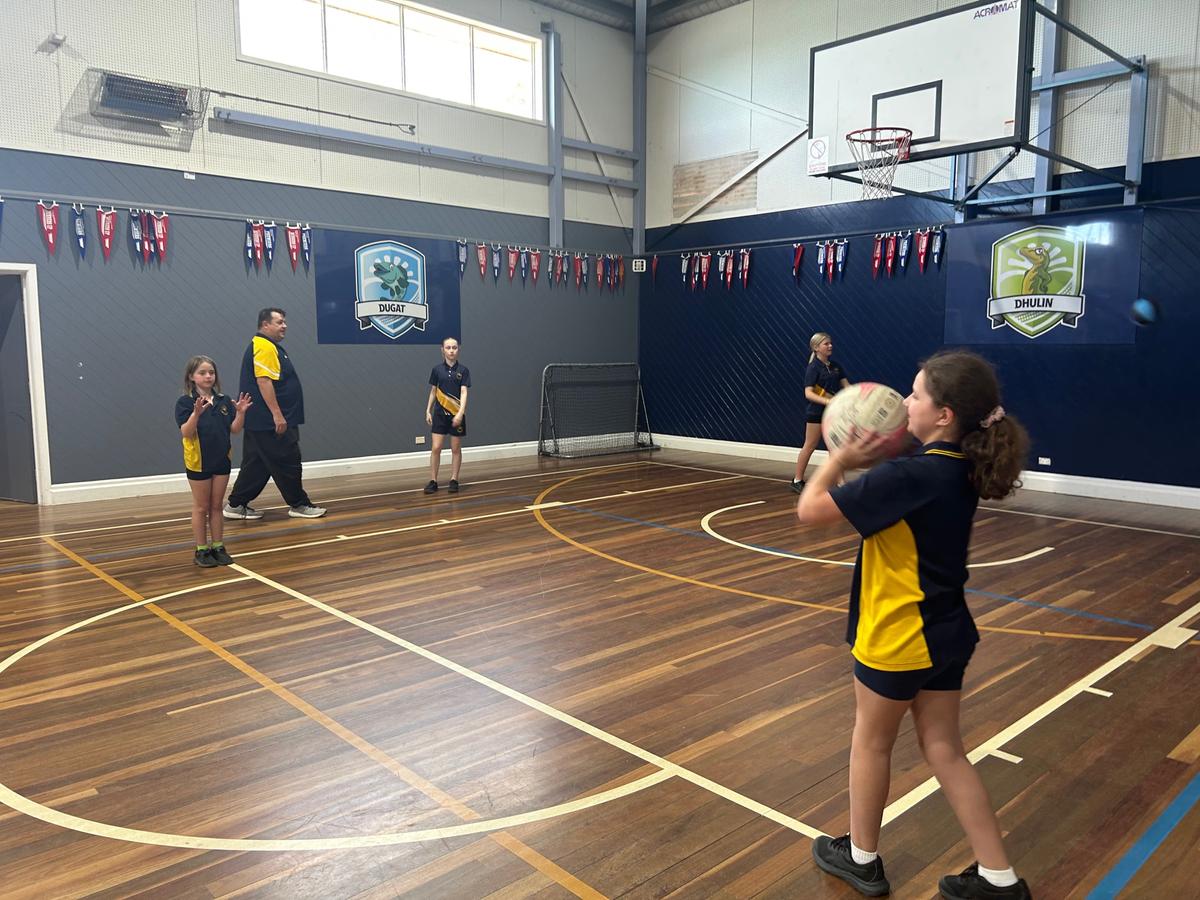
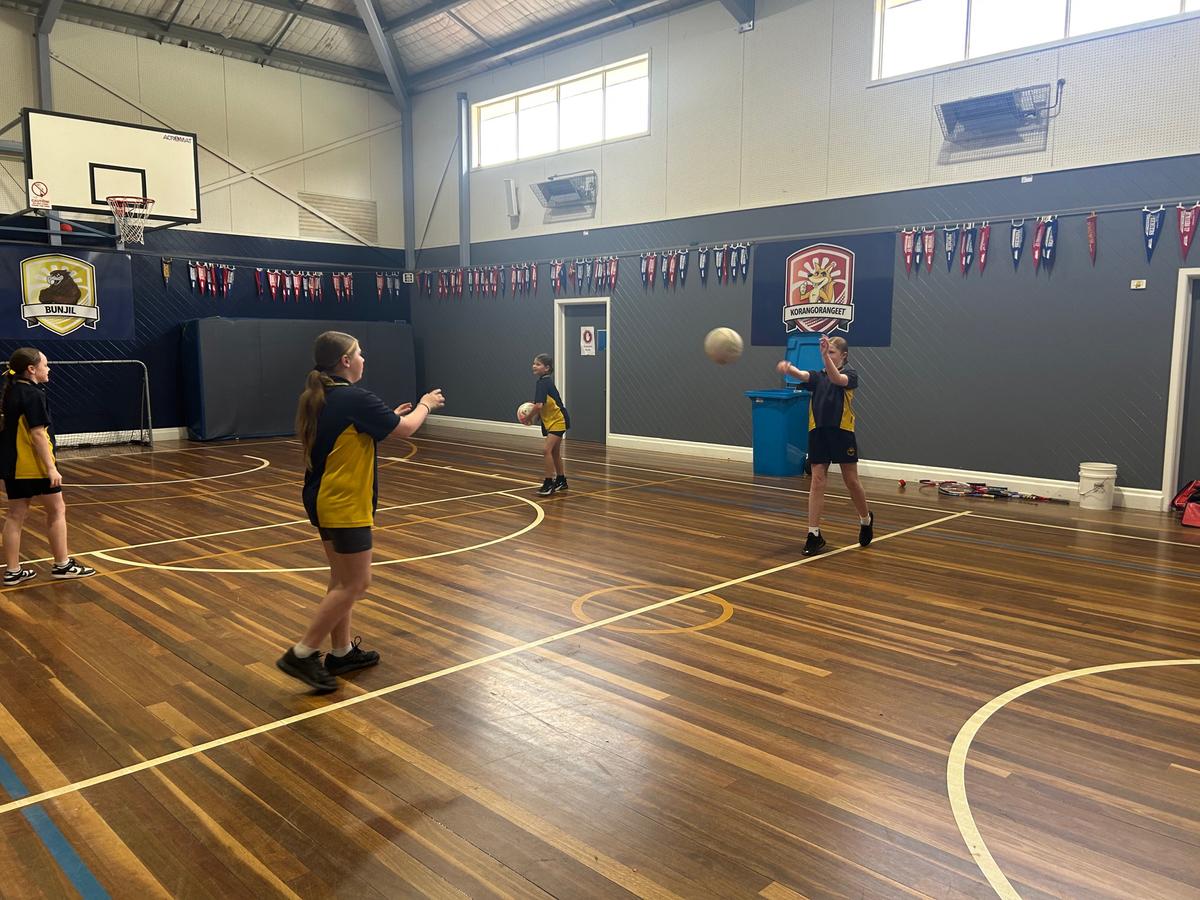
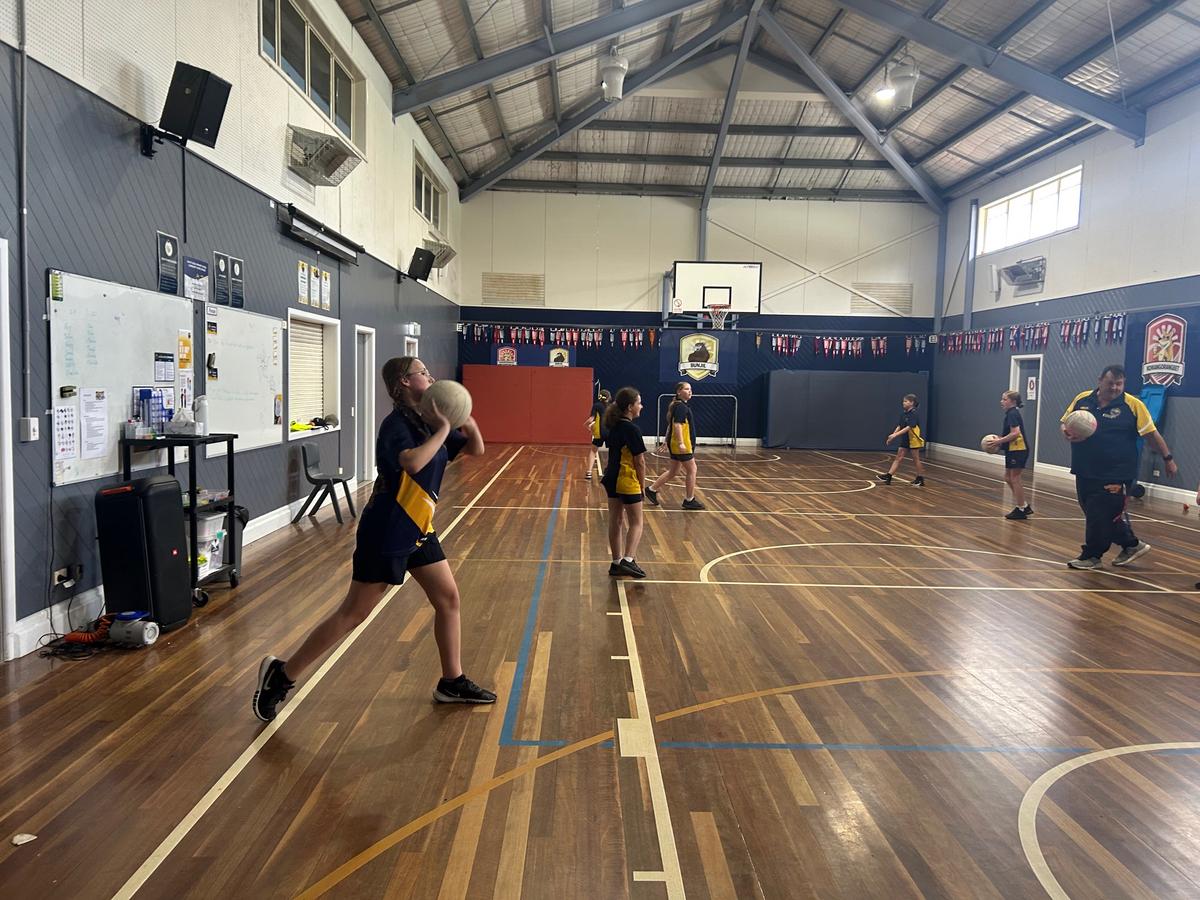

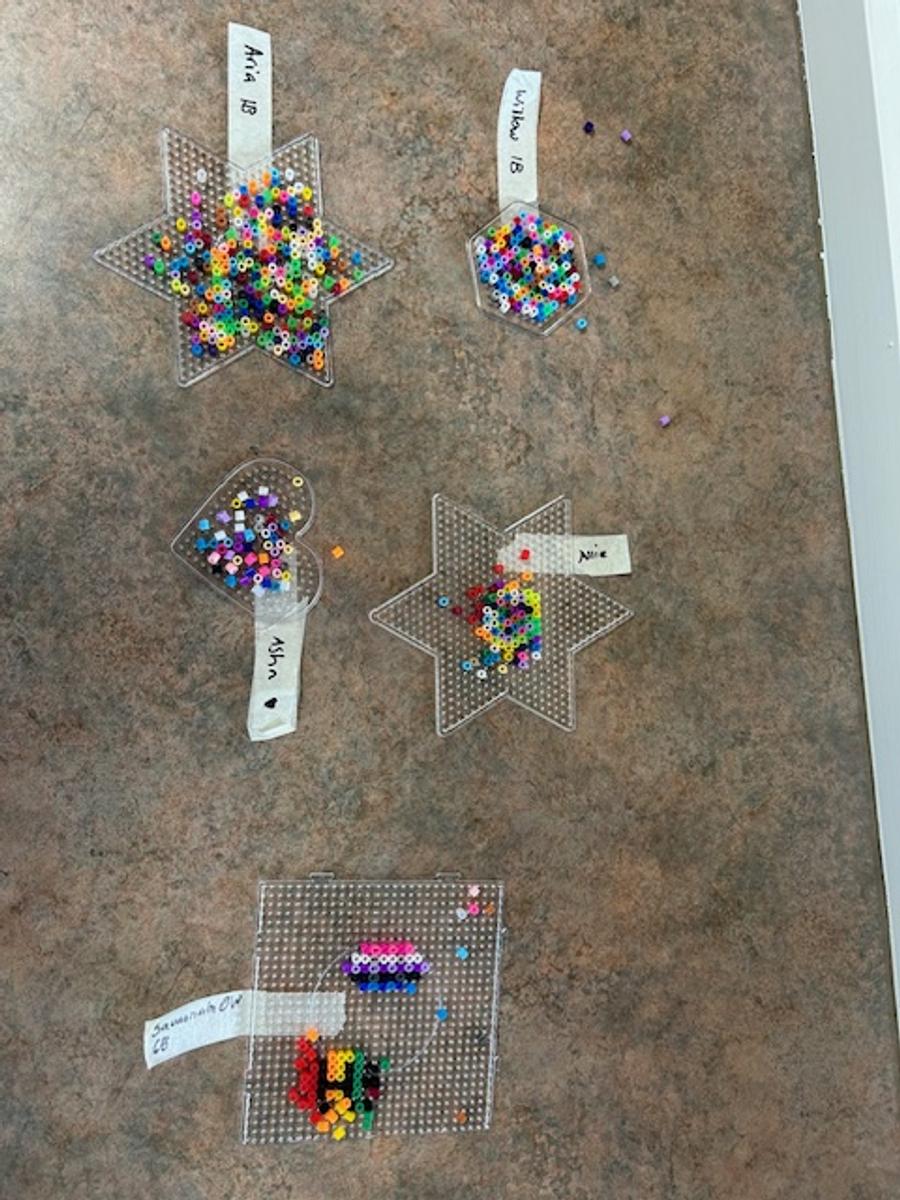
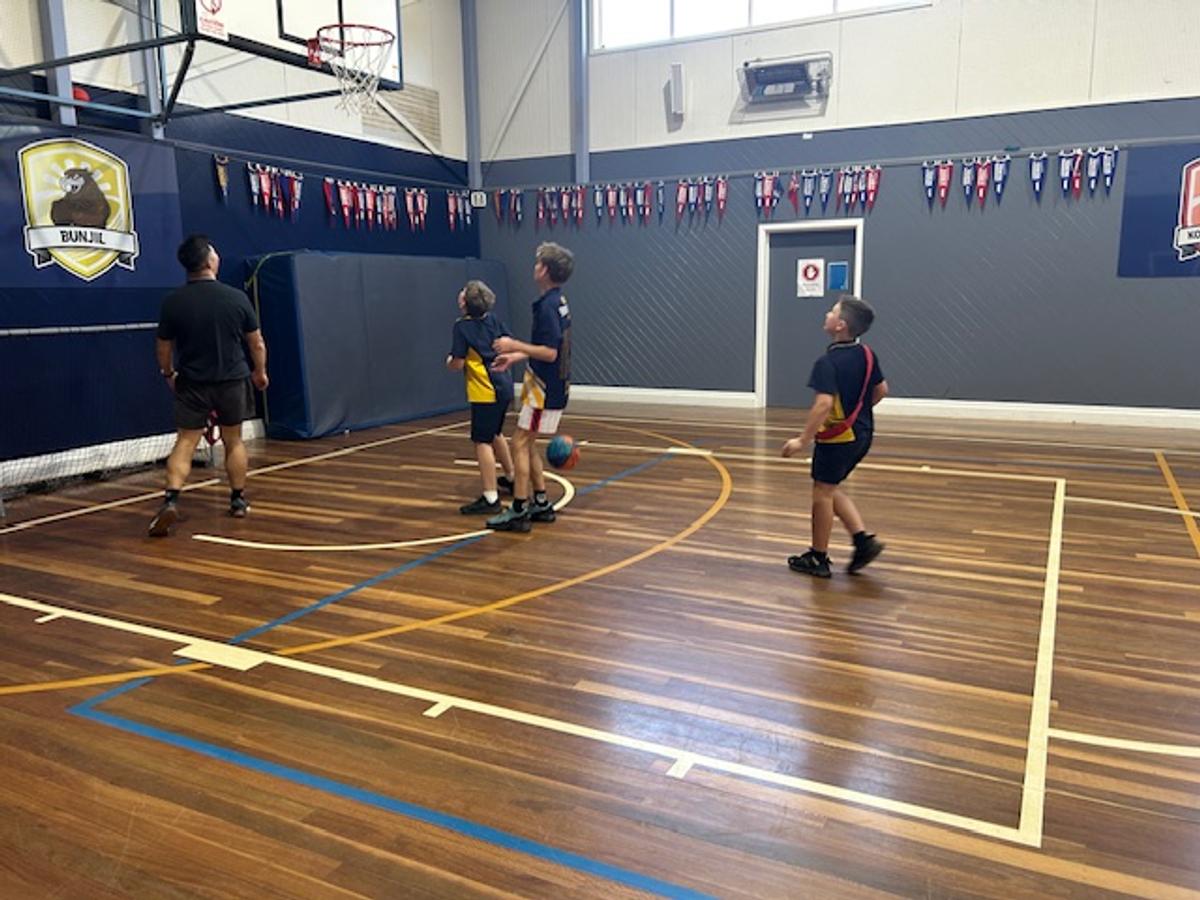
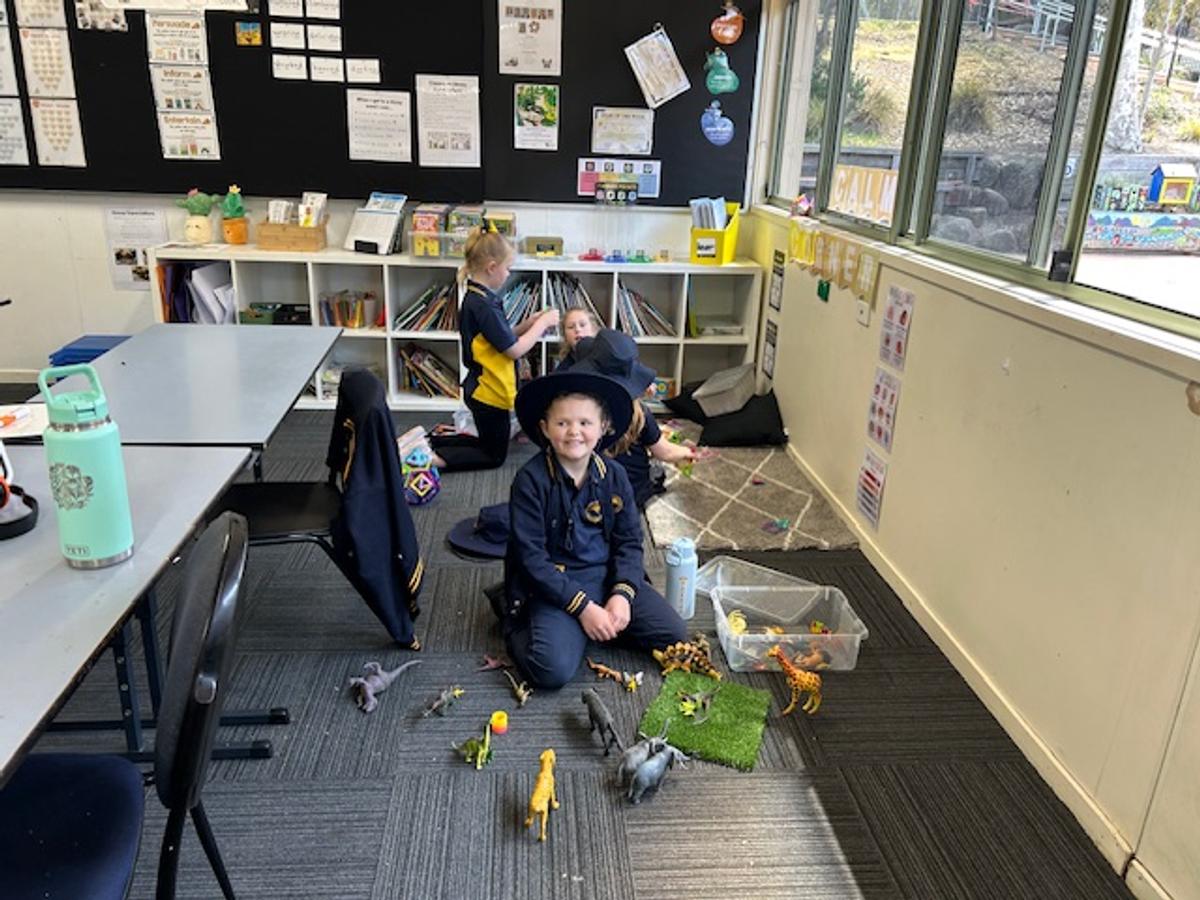
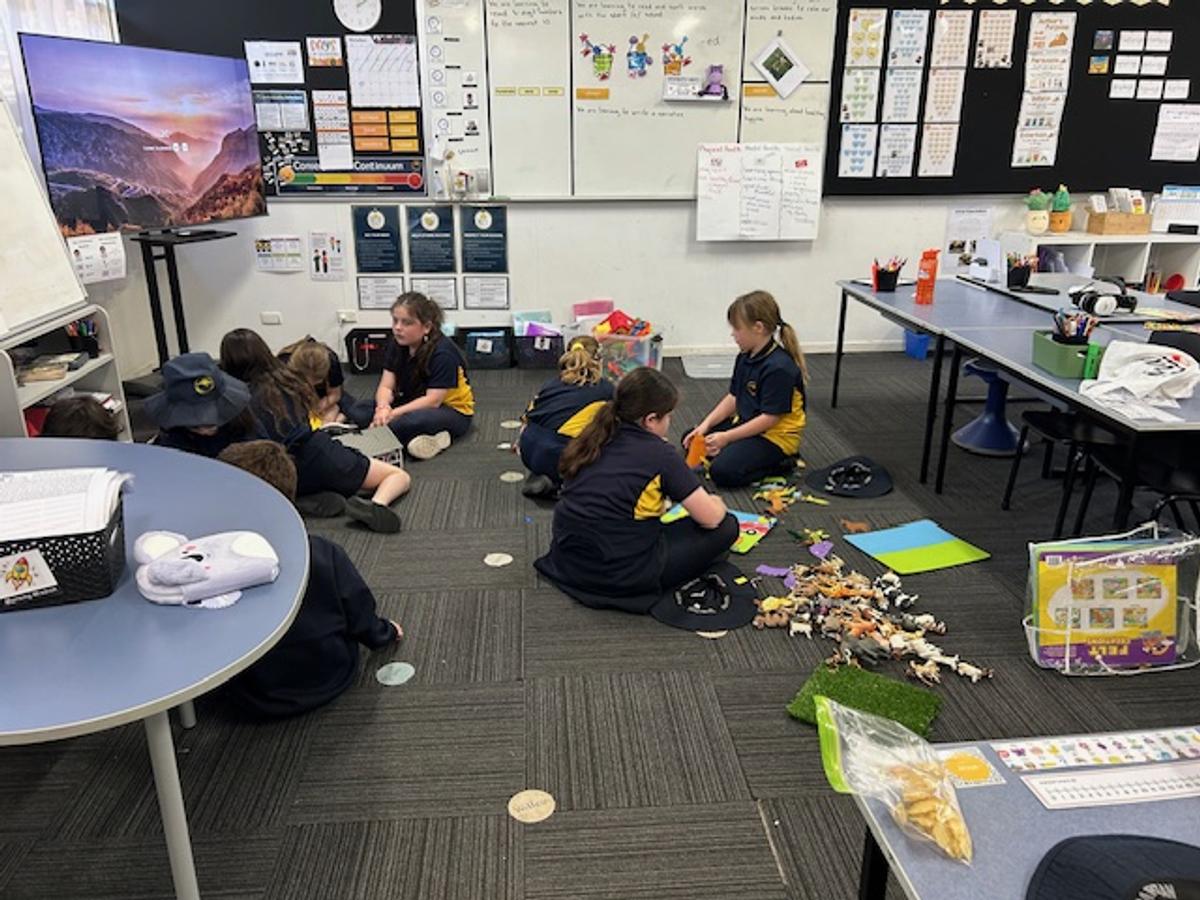
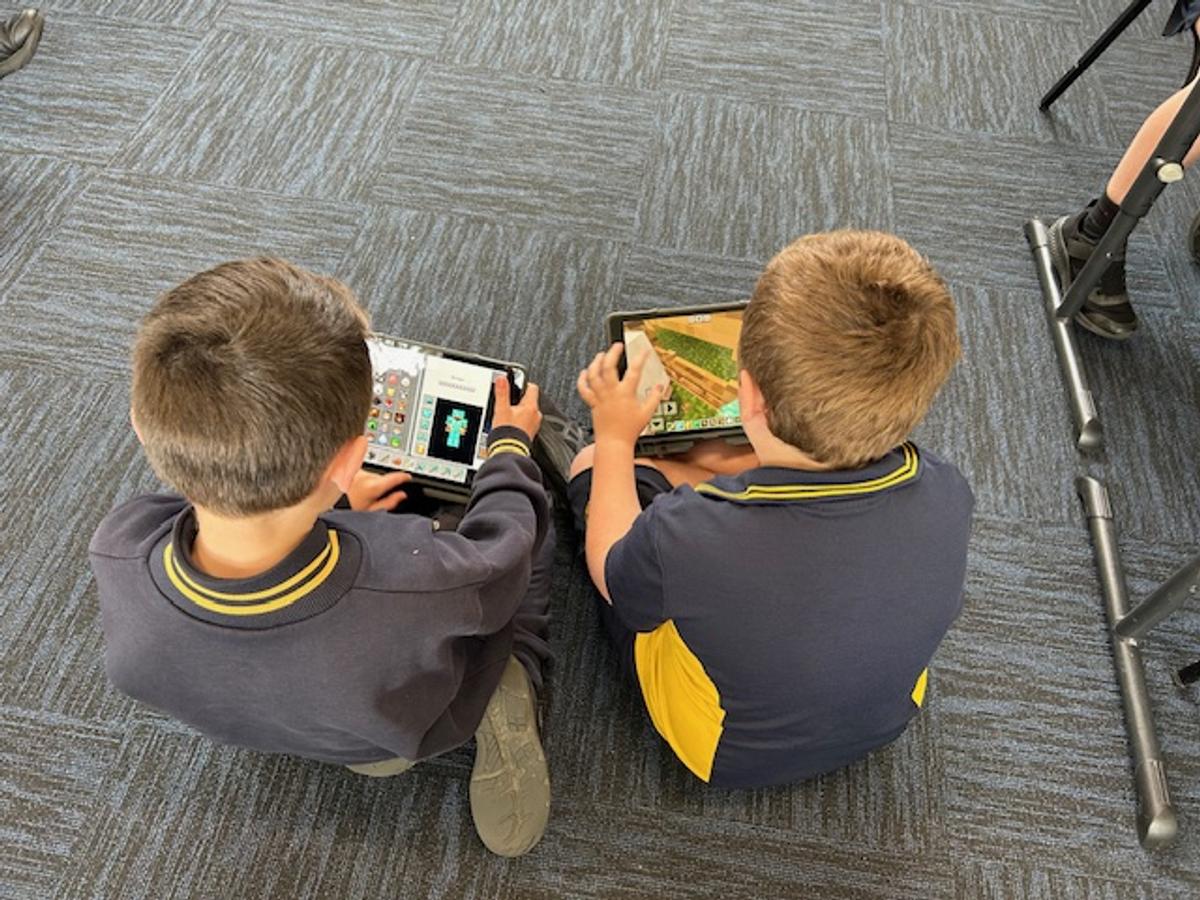
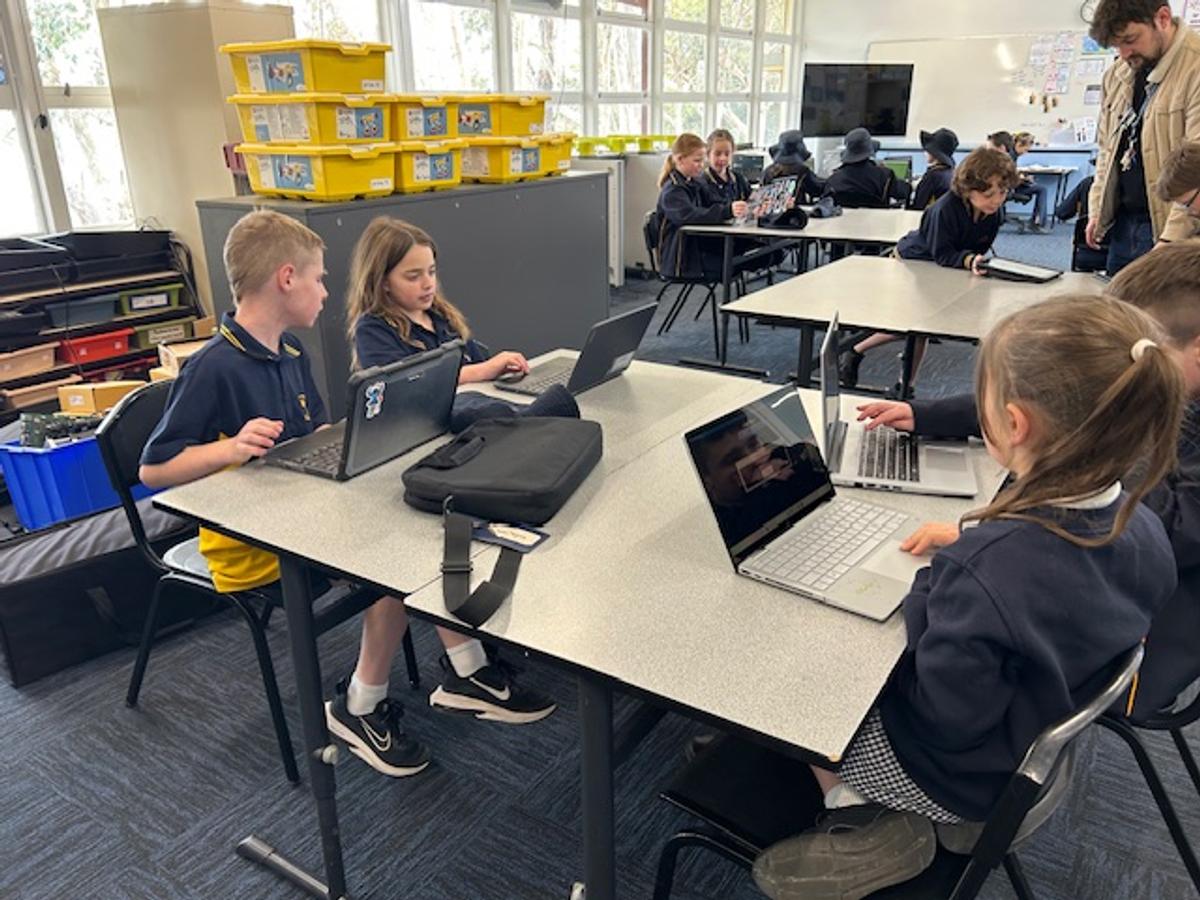
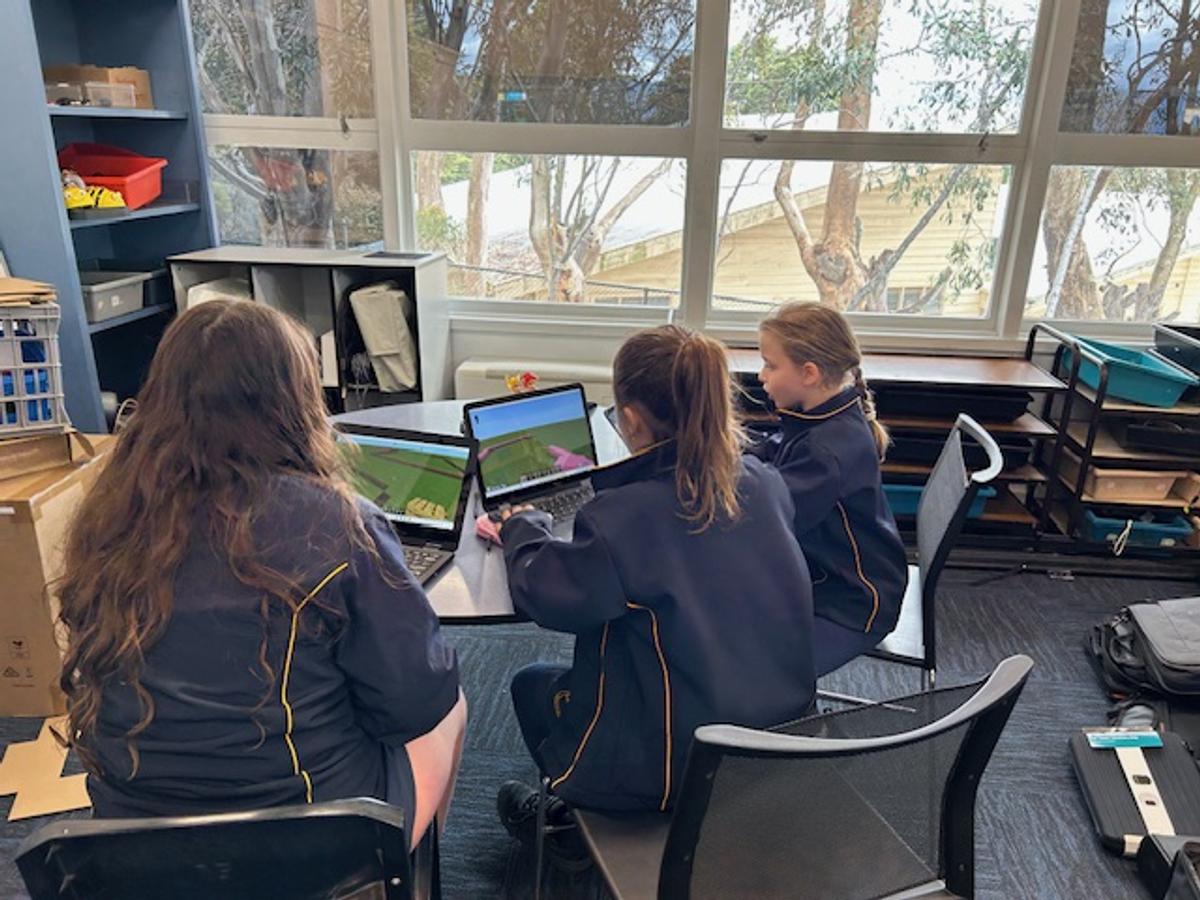
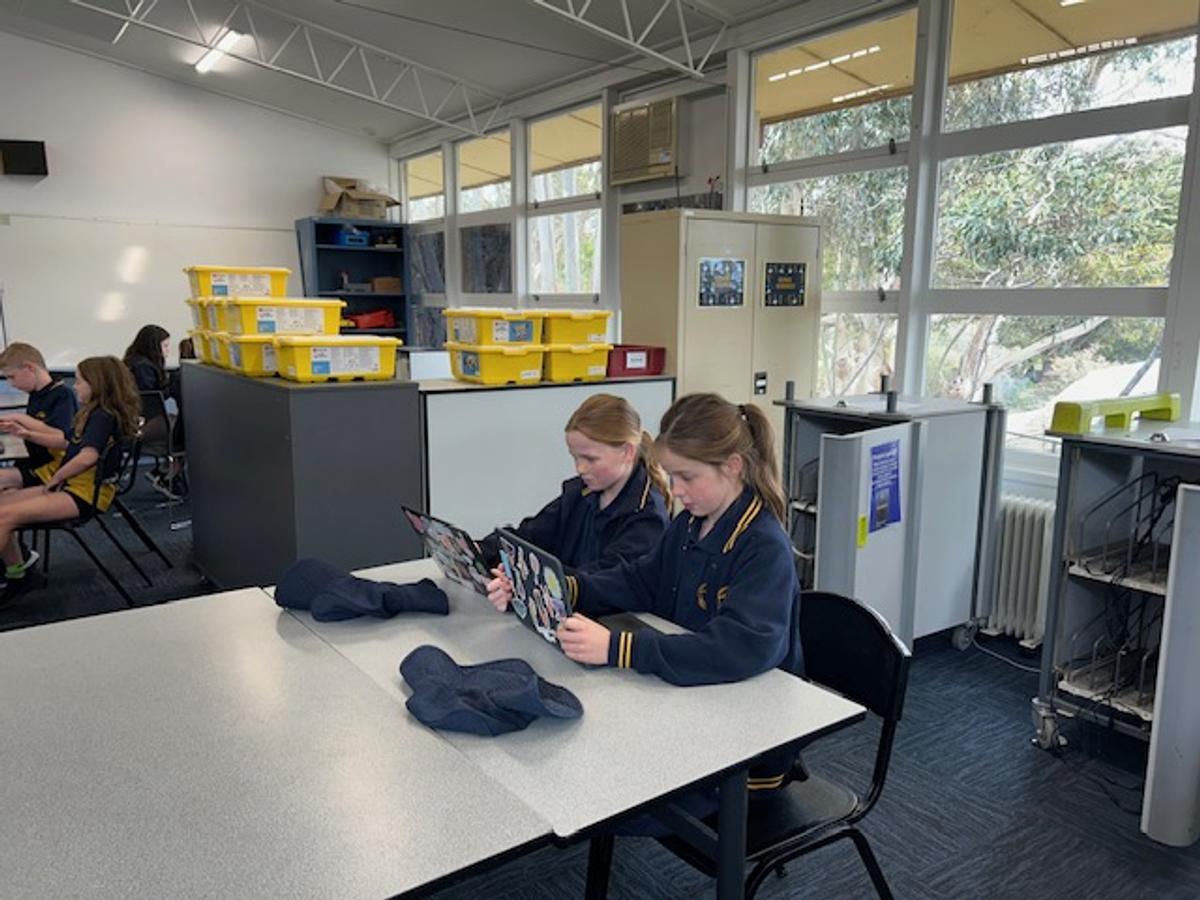
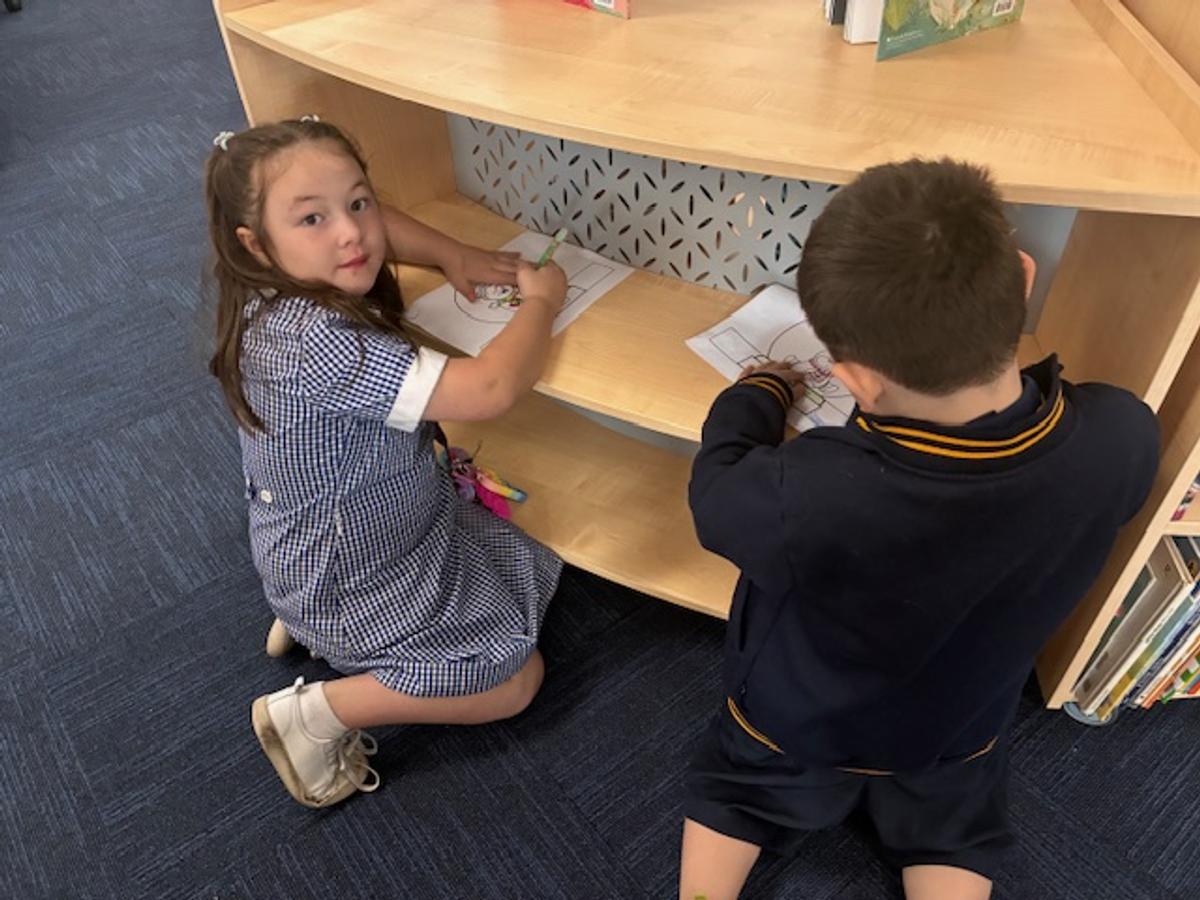
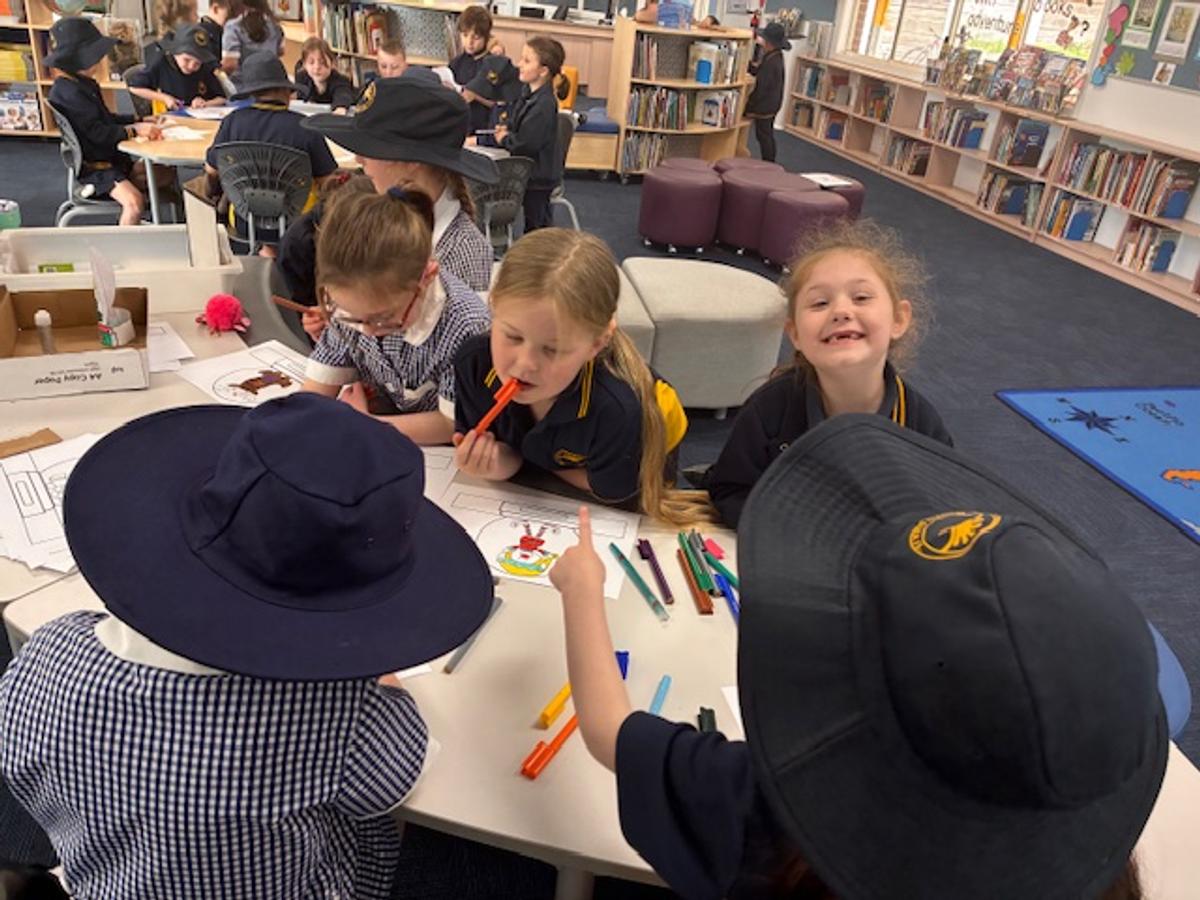
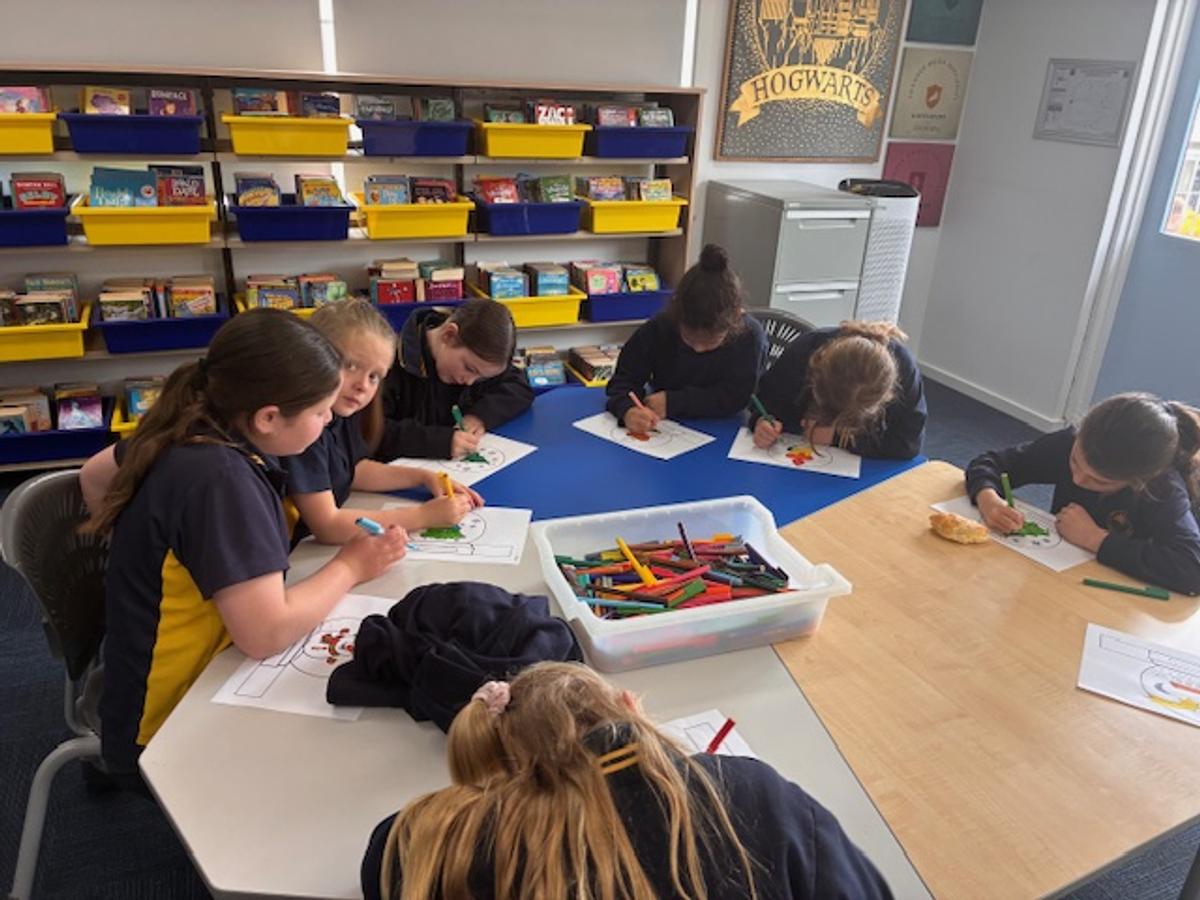
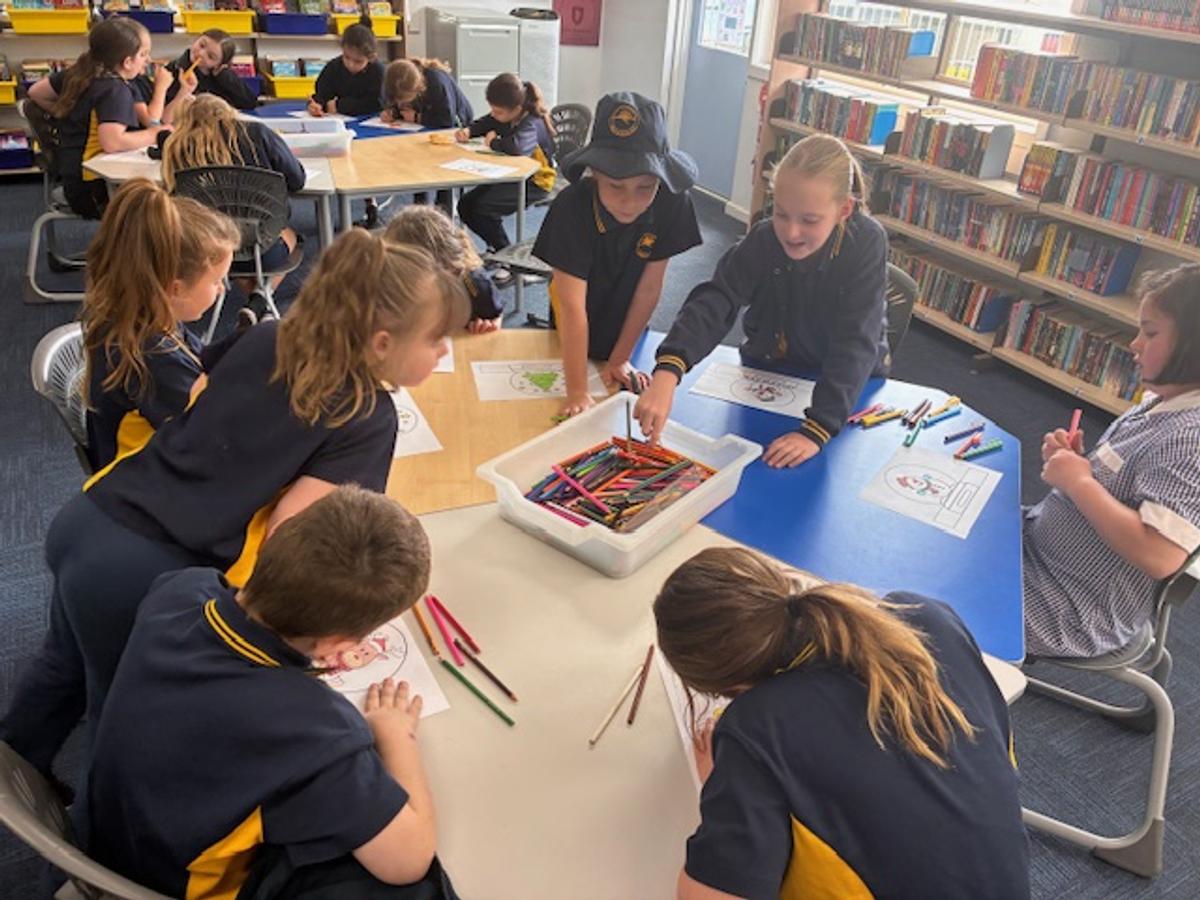


























October is Dyslexia Awareness Month, a time to celebrate diverse learners and foster a deeper understanding of how we can best support students with dyslexia. Dyslexia is a common learning difference that affects how people read, spell, and sometimes write. It is not linked to intelligence; in fact, people with dyslexia are often creative thinkers and problem-solvers who see the world in unique and valuable ways.
Dyslexia is a lifelong difference in the way the brain processes language. Students with dyslexia may find learning to read and spell more challenging because their brains process sounds and written symbols slightly differently. With the proper support and teaching approaches, children with dyslexia can develop into confident and capable readers and writers.
While dyslexia can make reading and spelling challenging, it often comes with great strengths , such as big-picture thinking, creativity, storytelling, and curiosity. Many people with dyslexia are innovators and leaders who bring new ideas to the world. Famous people with dyslexia include Albert Einstein, Jamie Oliver, Agatha Christie, and Steven Spielberg, all of whom turned their unique ways of thinking into extraordinary success.
The most effective teaching for students with dyslexia is explicit, systematic, and structured literacy instruction. This approach teaches reading and spelling through direct phonics instruction (the relationship between sounds and letters), vocabulary, comprehension, and fluency, all taught in a logical, step-by-step way.
At Whittlesea Primary School, our literacy programs reflect these best practices. We employ evidence-based approaches, such as systematic phonics instruction, decodable readers, and small-group support, to ensure that all students, including those with dyslexia, have the tools they need to succeed. Teachers receive ongoing professional learning in Structured Literacy and Science of Reading methods to ensure consistency and success across the school.
Awareness and understanding help us build a more inclusive community where all learners can thrive. By recognising dyslexia and supporting diverse learning needs, we help every child reach their potential, not despite their differences, but because of them.
